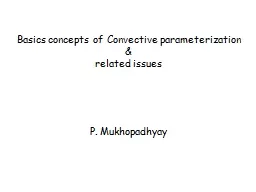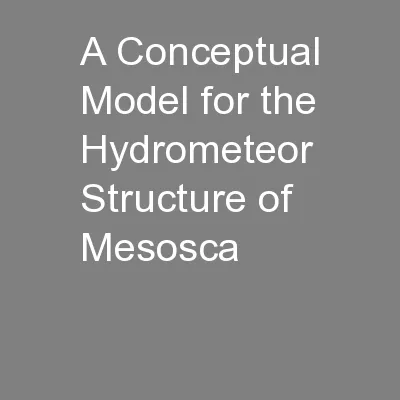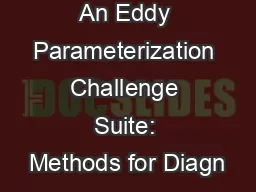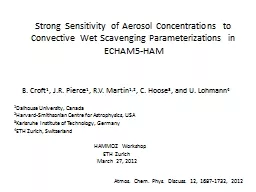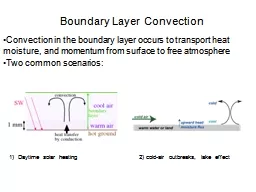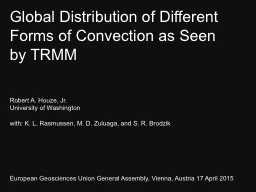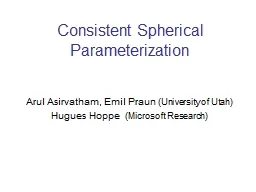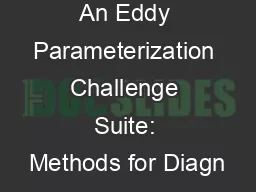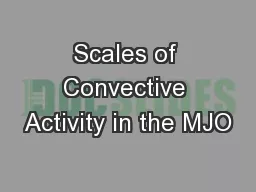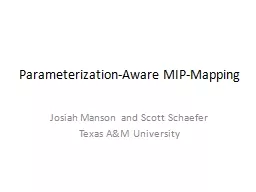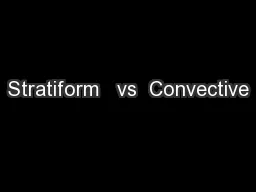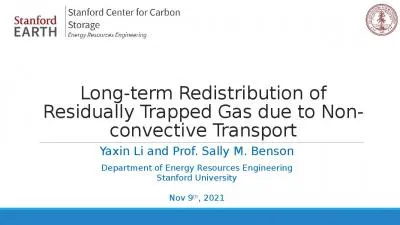PPT-Basics concepts of Convective parameterization
Author : test | Published Date : 2017-04-03
amp related issues P Mukhopadhyay Climate v Numerical Weather Prediction NWP Initial state is CRITICAL Dont really care about whole PDF just probable phase space
Presentation Embed Code
Download Presentation
Download Presentation The PPT/PDF document "Basics concepts of Convective parameteri..." is the property of its rightful owner. Permission is granted to download and print the materials on this website for personal, non-commercial use only, and to display it on your personal computer provided you do not modify the materials and that you retain all copyright notices contained in the materials. By downloading content from our website, you accept the terms of this agreement.
Basics concepts of Convective parameterization: Transcript
Download Rules Of Document
"Basics concepts of Convective parameterization"The content belongs to its owner. You may download and print it for personal use, without modification, and keep all copyright notices. By downloading, you agree to these terms.
Related Documents

